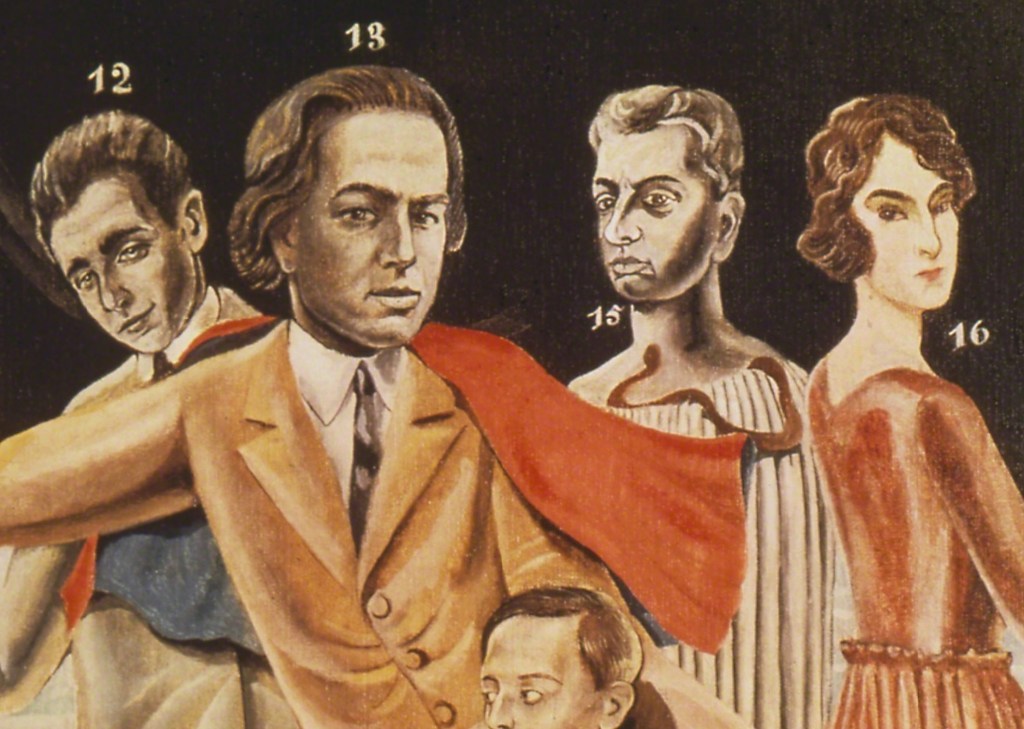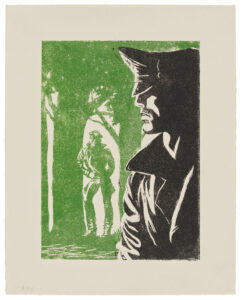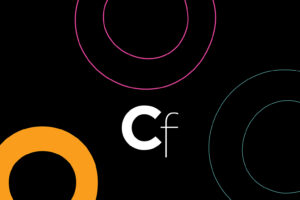The Small Magazines That Birthed Surrealism


In October 1924, poets André Breton and Yvan Goll each published a Surrealist Manifesto, formally announcing an artistic movement that had, in many ways, already been out in the open. The French poet Guillaume Apollinaire first coined the term “surrealism” in 1917. Breton and fellow writer Philippe Soupault had already published Les Champs Magnétiques (The Magnetic Fields), a book following the Surrealist practice of automatic writing — writing without hesitation or self-censorship — in 1920. But 1924 made it official, and the very fact of these dual declarations foreshadowed the internecine conflicts that would plague the movement in the coming decades.
The new volume Les portes du rêve: 1924–2024 Surrealism Through Its Journals, edited by artist Franca Franchi and published to coincide with the manifestos’ centenary, aims to address and make sense of those internal contradictions. It does so with the understanding that art and literary journals are necessarily “collective products,” put forth by a team of people. Today, Surrealism is primarily associated with visual art, and perhaps most saliently with painting. Ask the proverbial person on the street about Surrealism and they will likely rattle off names like Dalí, Miró, and Magritte. But the Surrealist movement was initially a literary one, not a visual one.

The project of Surrealism Through Its Journals is niche, but quickly reveals itself as vital. The editors aim to “reread the parabola of the movement through the study of some of the journals” critical to its development— publications as varied as the Parisian magazines Proverbe (founded by prominent Dadaist figures in 1920, running only six issues until 1921) and Littérature (famously edited by Breton, Soupault, and others from 1919 to 1923), Italian humor papers Marc’Aurelio and Bertoldo (active during the rise of Fascism), and the American magazine View (founded by Charles Henri Ford in 1940 and running until 1947). What the book’s nine essays ultimately accomplish, however, is something closer to a re-enshrinement of language in the Surrealist movement. They suggest: You can’t understand Surrealism by merely observing the visual pieces that define the movement from a 21st-century perspective. To understand Surrealism — its foundation and its complexities — you need to read about it.
Literary figures kicked off the challenge of defining Surrealist ideas. Writers like Paul Éluard — ex-husband of Gala Dalí, known as the “Mother of Surrealism” — Max Morise, and, of course, the ever-present Breton were among the first to put pen to paper in elucidating a Surrealist sensibility. The essays in the book proceed somewhat chronologically, each one focusing on either a particular periodical or a topic covered in the journals. The authors assume a certain amount of insider knowledge about the history of Surrealism and the major players in the field, and often write in intensely academic styles. In Franca Bruera and Elena Galtsova’s essay on women and Littérature magazine, for instance, they write in a straightforward, didactic manner, concluding with a statement worthy of a dissertation: “Positioned between Dada and Surrealism, Littérature magazine left a significant mark on the transient world of the avant-garde, occasionally welcoming rebellious and irreverent female spirits.”

By focusing on the written word, the book returns to Surrealism’s roots. And in doing so, it throws into stark relief that ever-confounding artistic question between what is expressed and what is understood: The founding members of the movement conceived of Surrealism in one way; 100 years later, history has borne the movement’s cultural significance out in another, often reducing it to a handful of familiar paintings.
Art historians Anna Maria Testaverde and Elena Mazzoleni’s essay, which turns its attention to how Surrealism conceived of theater and focuses on the Parisian Comœdia magazine, captures this tension well. Testaverde and Mazzoleni recognize that magazines and journals often operated as “monitoring post[s].” Often, the Surrealist journals were watchtowers or platforms from which the movement sent out messages about its desired boundaries. One example of this delineation took place early on in the 1910s and ’20s, as Surrealism reacted to the Dada movement — even, as scholar Jacques Dürrenmatt writes in his essay on Proverbe magazine, “flourished on [Dadaism’s] ruins.”
Perhaps late French philosopher and critic Sarane Alexandrian said it best, as quoted in art historian Andrea Zucchinali’s essay. “If Mallarme believed that the (old) world was destined to culminate in a beautiful book,” he wrote, “the Surrealists have always believed that the (new) world begins with a magazine.”
Les portes du rêve: 1924–2024 Surrealism Through Its Journals (2024), edited by Franca Franchi, is published by Skira and is available online and through independent booksellers.




